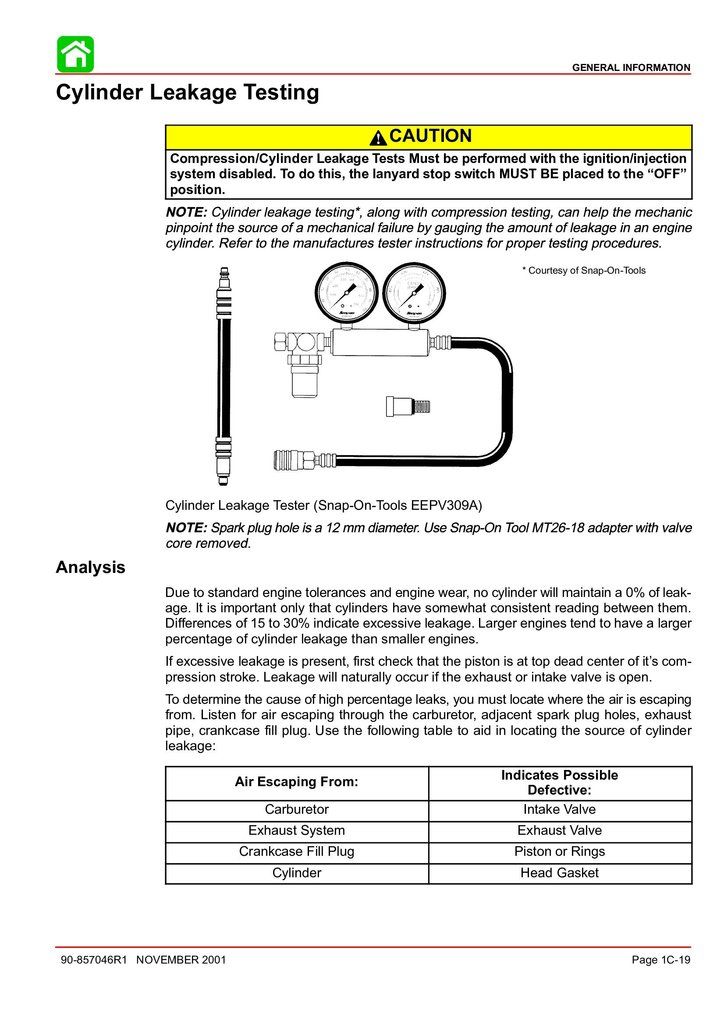referring specifically to an F225 w/ ~ 1000 hrs - in apparently "good" running condition
1. what would be the values (range, I assume) one might expect to see when tested @ 100 psi ?
2. would the results be expected to vary significantly whether tested with the engine "cold" or "hot" ?
thank you!
1. what would be the values (range, I assume) one might expect to see when tested @ 100 psi ?
2. would the results be expected to vary significantly whether tested with the engine "cold" or "hot" ?
thank you!



Comment